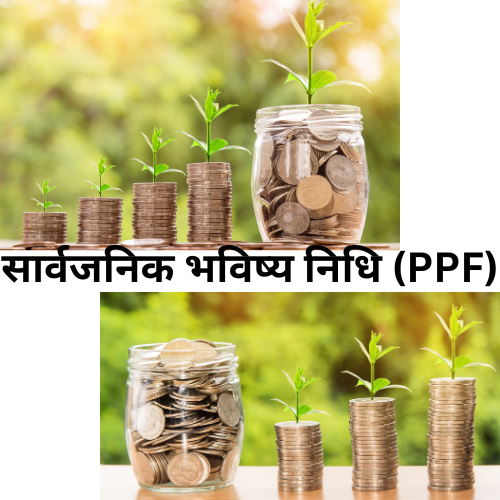Public Provident Fund (PPF)
The Public Provident Fund (PPF) is one of the most popular long-term savings schemes in India, offering a combination of safety, tax benefits, and attractive interest rates. Introduced by the Indian government in 1968, the scheme encourages individuals to save for their future while enjoying tax exemptions on both investment and returns.
Key Features of PPF
- Eligibility:
- Any Indian resident can open a PPF account.
- A person can have only one PPF account (except accounts opened on behalf of minors).
- Non-Resident Indians (NRIs) are not eligible to open a new PPF account but can continue an existing one until maturity.
- Investment Limit:
- Minimum deposit: ₹500 per financial year.
- Maximum deposit: ₹1.5 lakh per financial year.
- Deposits can be made in lump sum or in a maximum of 12 installments within a year.
- Tenure:
- The initial tenure of a PPF account is 15 years.
- It can be extended in blocks of 5 years after maturity.
- Interest Rate:
- The interest rate is set by the government quarterly.
- As of 2024, the interest rate is around 7.1% per annum (subject to change).
- Interest is compounded annually and credited to the account at the end of each financial year.
- Tax Benefits:
- Investments in PPF qualify for a tax deduction under Section 80C of the Income Tax Act.
- Interest earned and the maturity amount are exempt from tax.
How to Open a PPF Account
A PPF account can be opened at:
- Post offices across India.
- Public sector banks such as SBI, PNB, and Bank of Baroda.
- Private banks like ICICI, HDFC, and Axis Bank.
- Online PPF account opening is also available through internet banking for convenience.
Contribution and Deposit Rules
- Contributions can be made via cash, cheque, demand draft, or online transfers.
- The deposit should be made before the 5th of the month to earn interest for that month.
Withdrawal Rules
- Partial Withdrawal:
- Allowed from the 7th financial year onward.
- Maximum withdrawal: 50% of the balance at the end of the 4th year preceding the withdrawal year.
- Loan Facility:
- Loans can be availed from the 3rd to the 6th year.
- Maximum loan amount: 25% of the balance at the end of the 2nd financial year preceding the loan application.
- The loan must be repaid within 36 months at an interest rate slightly higher than the prevailing PPF rate.
- Complete Withdrawal:
- The entire PPF balance can be withdrawn after 15 years.
- If extended beyond 15 years, withdrawals up to 60% of the balance are allowed.
PPF vs Other Investment Options
| Feature | PPF | Fixed Deposit (FD) | Equity Mutual Funds |
|---|---|---|---|
| Risk Level | Low | Low | High |
| Tax Benefits | Yes | Only on 5-year FD | Only ELSS funds |
| Liquidity | Low | Medium | High |
| Returns | Moderate (7-8%) | Lower (5-6%) | Higher (10-15%) |
| Lock-in Period | 15 years | Varies | 3 years (ELSS) |
Why Should You Invest in PPF?
- Safe and secure: Government-backed investment.
- Tax-efficient: Completely tax-free returns.
- Good for long-term wealth accumulation.
- Ideal for retirement planning.
The Public Provident Fund (PPF) is a well-rounded investment option for individuals seeking a secure and tax-efficient way to build long-term wealth. While it has a long lock-in period, the benefits of guaranteed returns, tax exemptions, and flexibility in extending the tenure make it an attractive choice for investors of all income levels. If you are looking for a risk-free investment with tax benefits, PPF is an excellent option to consider.


Leave a Reply